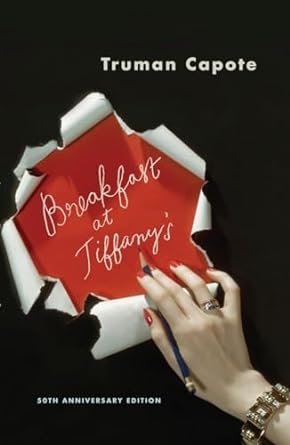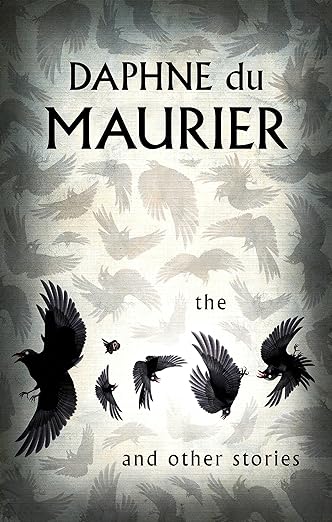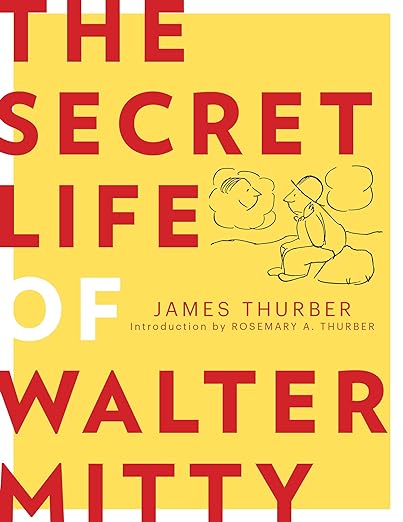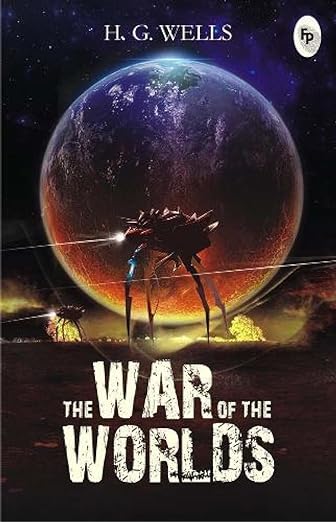Novella vs novelette: these two forms of literature offer a unique and intriguing middle ground between the brevity of short fiction and the depth of longer works. As literary forms, novellas and novelettes are often overlooked and overshadowed by the popularity of novels and short stories. However, they deserve recognition for their ability to offer readers a sense of completion and satisfaction in a compact and concise package. This article will explore the differences and similarities between novellas vs novelettes and their definitions, word counts and famous examples.
- Novella: Definition | Word count | Examples
- Novelette: Definition | Word count | Examples
- Preparing a novella and novelette for publication
What is a novella?
A novella is a work of fiction that falls between a short story and a full-length novel in terms of length and complexity. It is longer than a short story but shorter than a novel, typically about 20,000 to 40,000 words. Novellas allow for more depth and development than short stories but are shorter than novels. They often focus on a single central conflict or theme and may feature fewer characters and subplots than novels. Novellas allow authors to explore characters, plots, and ideas in more detail than a short story allows while maintaining a sense of brevity and conciseness.
How many words are in a novella?
Novellas showcase their versatility with their typical length ranging from 20,000 to 40,000 words. This word count, however, can vary depending on the specific guidelines of publishers or literary contests, as well as the preferences of individual authors. The key characteristic of a novella is its ability to be longer than a short story but shorter than a novel. Thus, novellas offer more depth and complexity than a short story while still maintaining a sense of brevity and conciseness compared to a novel. This versatility allows authors to explore various themes and narratives, making novellas a fascinating form of fiction.
What are examples of famous novels?
- ‘The Strange Case of Dr. Jekyll and Mr. Hyde’ by Robert Louis Stevenson follows the transformation of a respectable doctor into a murderous alter ego. This novella has been adapted into numerous films, including the 1941 version starring Spencer Tracy.
- Anthony Burgess’s novella ‘A Clockwork Orange,’ set in a dystopian future, follows the ultra-violent protagonist Alex as he undergoes aversion therapy to cure his criminal behaviour. It inspired Stanley Kubrick’s controversial film adaptation of the same name.
- Franz Kafka’s novella ‘The Metamorphosis’ tells the story of Gregor Samsa, who wakes up one morning transformed into a giant insect. The novella explores themes of alienation, existentialism and the absurd. It has inspired several film adaptations, including The Metamorphosis of Mr. Samsa, directed by Caroline Leaf and The Fly, directed by David Cronenberg.
- Stephen King’s novella ‘The Body’ from the collection Different Seasons chronicles a group of young boys’ journey to find the body of a missing boy, delving into themes of friendship, innocence and loss. It served as the basis for the film Stand by Me, directed by Rob Reiner.
- Truman Capote’s novella ‘Breakfast at Tiffany’s’ follows the captivating Holly Golightly as she navigates life and love in New York City’s social scene. It inspired the classic film of the same name, directed by Blake Edwards and starring Audrey Hepburn.



What is a novelette?
A novelette is a work of fiction that falls between a short story and a novella in terms of length and complexity. It is longer than a short story but shorter than a novella, typically about 7,500 to 20,000 words. Novelettes allow for more depth and development than short stories but are shorter than novellas.
Like short stories and novellas, novelettes can encompass various genres and themes. They allow authors to explore characters, plots and ideas in more detail than a short story. At the same time, it maintains a sense of brevity and conciseness. Novelettes are often published in literary magazines, anthologies or standalone e-books.
How many words are in a novelette?
A novelette typically ranges from about 7,500 to 20,000 words in length. However, this word count can vary depending on the publication’s guidelines and the author’s style. Novelettes are longer than short stories but shorter than novellas. Thus, they offer authors a middle ground between the brevity of short fiction and the depth of longer works.
What are examples of famous novelettes?
- The Birds by Daphne du Maurier tells the story of a seaside town besieged by aggressive birds. It inspired Alfred Hitchcock’s film, which became a horror genre classic.
- The Secret Life of Walter Mitty by James Thurber follows the daydreams and adventures of a mild-mannered Walter Mitty. It was adapted into multiple films, including the 2013 version starring Ben Stiller.
- The War of the Worlds by H. G. Wells tells the story of a Martian invasion of Earth. It has been adapted into several films, including the 2005 version directed by Steven Spielberg.
- The Postman Always Rings Twice by James M. Cain is a noir crime novelette about a drifter who becomes involved in a deadly love affair. It was adapted into multiple films, including the 1981 version directed by Bob Rafelson.
- Of Mice and Men by John Steinbeck follows the story of two migrant workers during the Great Depression. It has been adapted into several films, including the 1992 version directed by Gary Sinise.
- The Mist by Stephen King follows a group of people trapped in a supermarket by a mysterious mist filled with otherworldly creatures. In 2007, Frank Darabont directed a film of the same name, adapting the novelette.



Novella vs novelette: Similarities and differences
Here is a comparison of the similarities and differences between a novella vs novelette:
Similarities
Length: Both novellas and novelettes are shorter forms of fiction than novels, falling between short stories and full-length novels in terms of length.
Narrative focus: Both novellas and novelettes typically focus on a single central conflict, theme or idea, allowing for more depth and development than a short story but with less complexity than a novel.
Differences
Word count: The primary difference between a novella and a novelette is their length. Novelettes are generally shorter, typically about 7,500 to 20,000 words. In contrast, novellas are longer, typically about 20,000 to 40,000 words.
Complexity: Due to their longer length, novellas often have more complex plots, deeper character development, and richer thematic exploration than novelettes. Conversely, Novelettes are more concise and focused, with simpler plots and fewer characters and subplots.
Scope: Novellas have a broader scope and can explore various themes, settings and characters in more depth than novelettes. Novelettes, by contrast, have a more limited scope and tend to focus on a single central conflict or theme within a shorter narrative framework.
Publishing: Novellas are more likely to be published as standalone works or included in anthologies. Novelettes are often published in literary magazines or as part of larger collections of short fiction.
In summary, while novellas and novelettes share similarities in length and narrative focus, they differ in length, complexity, scope, and publishing opportunities, with novellas being longer and more complex than novelettes.
How can editing services prepare a novella or a novelette for publishing?
Developmental editing
Developmental editing focuses on a manuscript’s overall structure, plot, pacing and character development, providing feedback to strengthen the narrative and thematic elements.
Novels: A developmental editor might suggest restructuring chapters to improve pacing and maintain reader engagement. For example, they could recommend moving a key revelation to an earlier chapter to heighten tension.
Novelettes: In a novelette, a developmental editor might advise focusing on a single central conflict or theme to ensure narrative clarity within the word count. For instance, they could suggest removing extraneous subplots that detract from the main storyline.
Line editing
Line editing involves improving the language, style and flow at the sentence and paragraph level, focusing on clarity, coherence and readability.
Novels: A line editor may recommend tightening sentences and eliminating redundant phrases to improve readability and flow. They could suggest rephrasing verbose passages to convey the same meaning more succinctly.
Novelettes: Line editing focuses on maintaining conciseness while conveying depth and emotion in a novelette. An editor might suggest trimming descriptive passages or eliminating unnecessary dialogue tags to streamline the narrative.
Copyediting and proofreading
Copyediting corrects grammar, punctuation, spelling and syntax errors, ensuring consistency in language usage and adherence to established style guides.
Proofreading involves a final check for typos, formatting errors and minor mistakes before publication, ensuring the manuscript is error-free and ready for distribution.
Both novels and novelettes benefit from copyediting and proofreading to correct grammar, punctuation and spelling errors. Copyeditors ensure consistency in language usage and style, while proofreaders perform a final check for typos and formatting errors.
Key takeaways
In conclusion, novellas and novelettes are intriguing and often overlooked forms of literature that offer a middle ground between short stories and novels. Novellas allow authors to explore characters, plots, and ideas in more depth than short stories while maintaining brevity and conciseness compared to novels. On the other hand, novelettes offer a similar depth of storytelling but in a shorter format. Understanding the differences between novella vs novelette can help readers and writers alike appreciate the unique qualities of each form and find the perfect fit for their storytelling needs.
Contact me for a free sample edit of your novella or novelette manuscript (and remember to use my early bird discount). I am an experienced editor working with non-fiction, academic and business texts. I can help prepare your text for publication, from a big-picture analysis through highlighting your authorial voice to ensuring the correctness and consistency of the language.

